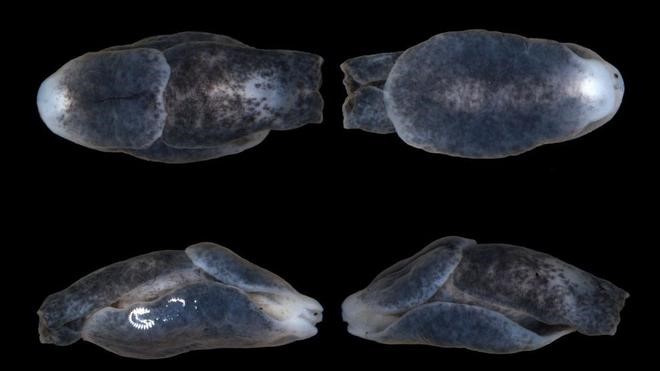
Melanochlamys Droupadi

02.03.2024
Melanochlamys Droupadi , Daily Current Affairs , RACE IAS : Best IAS Coaching in Lucknow
|
For Prelims:About Melanochlamys Droupadi,Features of Melanochlamys,What are Sea Slugs? |
Why in the news?
Researchers of the Zoological Survey of India (ZSI) recently discovered a new species of head-shield sea slug from Odisha and the West Bengal coast named ‘Melanochlamys Droupadi’.
About Melanochlamys Droupadi:
- It is a new marine species of head-shield sea slug with a ruby red spot.
- This species belonging to Melanochlamys genus was discovered from Digha of West Bengal coast and Udaipur of Odisha coast.
Features of Melanochlamys :
- It is a small invertebrate with a maximum length of up to 7 mm.
- Habitat: It inhabits wet and soft sandy beaches.
- It is brownish black in colour with a ruby red spot in the hind end.
- This particular species of sea slug is hermaphrodite (having both male and female reproductive parts); however, they need another sea slug for reproduction.
- It has a shell inside the body. It has a posterior, accounting for 61 percent of its body length.
- It continuously secretes transparent mucus to form a sheath that prevents sand grains from entering parapodial space.
- It crawls beneath smooth sand to form a moving capsule where the body is rarely visible, leaving behind a trail like a turtle.
What are Sea Slugs?
- They are a group of molluscs that live primarily in marine habitats and are slug-like.
- They can be found from the shallow intertidal to the deep sea and from the polar regions to the tropics.
- The sea slugs are rapid hunters and feed upon mobile prey such as other shelled and unshelled sea slugs, roundworms, marine worms, and small fishes.
- So far, 18 species have been discovered across the globe.
○They are distributed in temperate regions of the Indo-Pacific Oceanic realm, but three species are truly tropically distributed, Melanochlamys papillata from the Gulf of Thailand, Melanochlamys bengalensis from West Bengal and Odisha coast and the present species.
Source: The New Indian Express